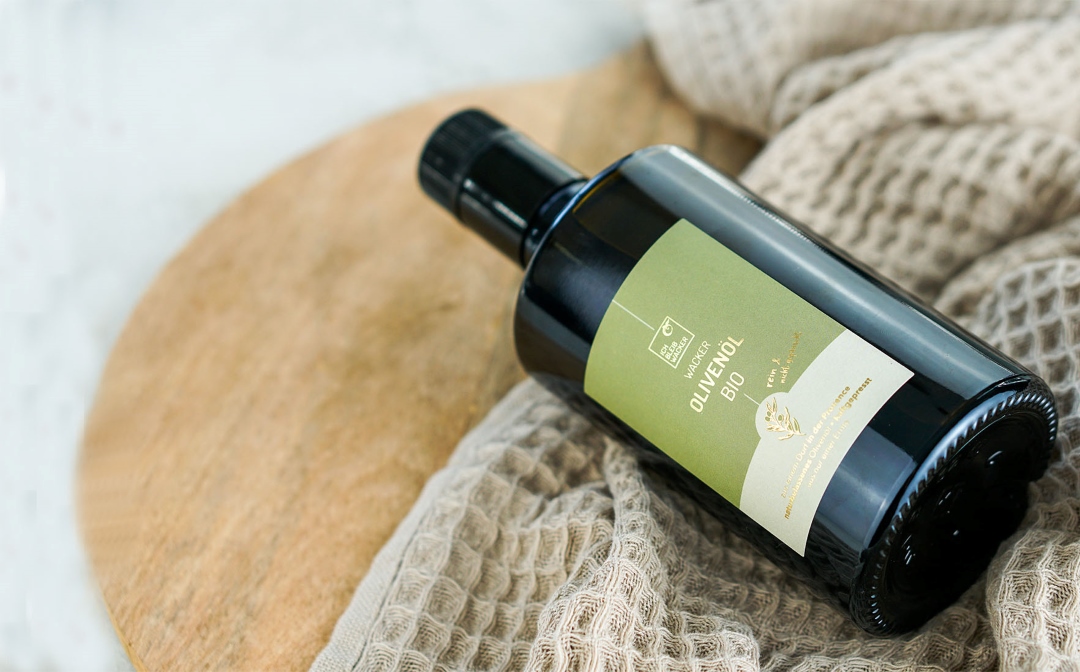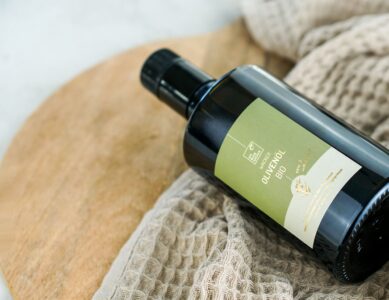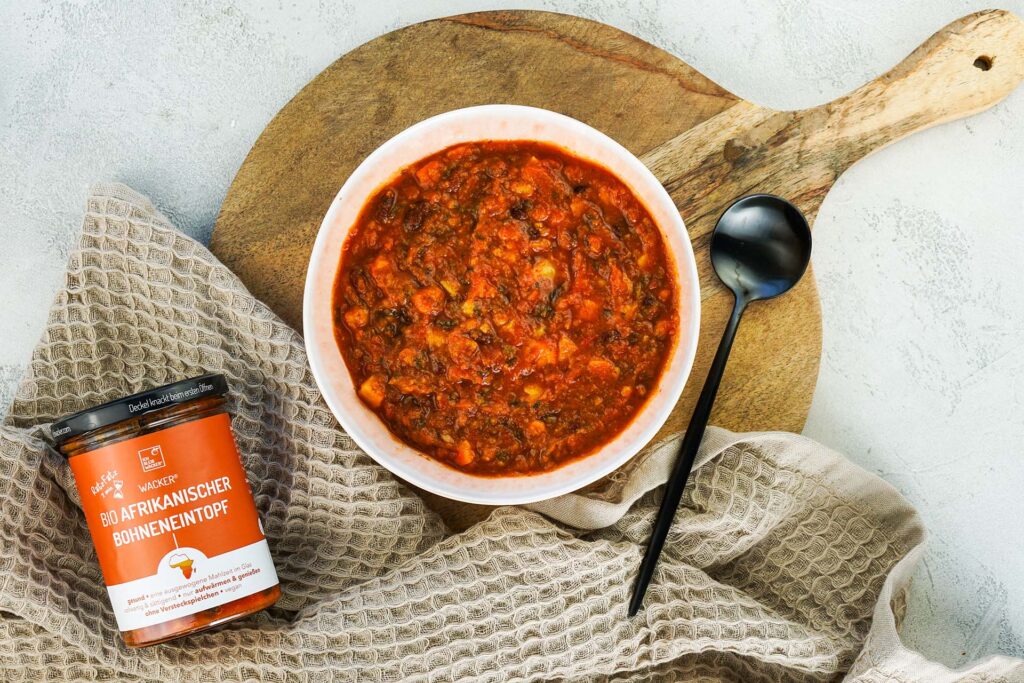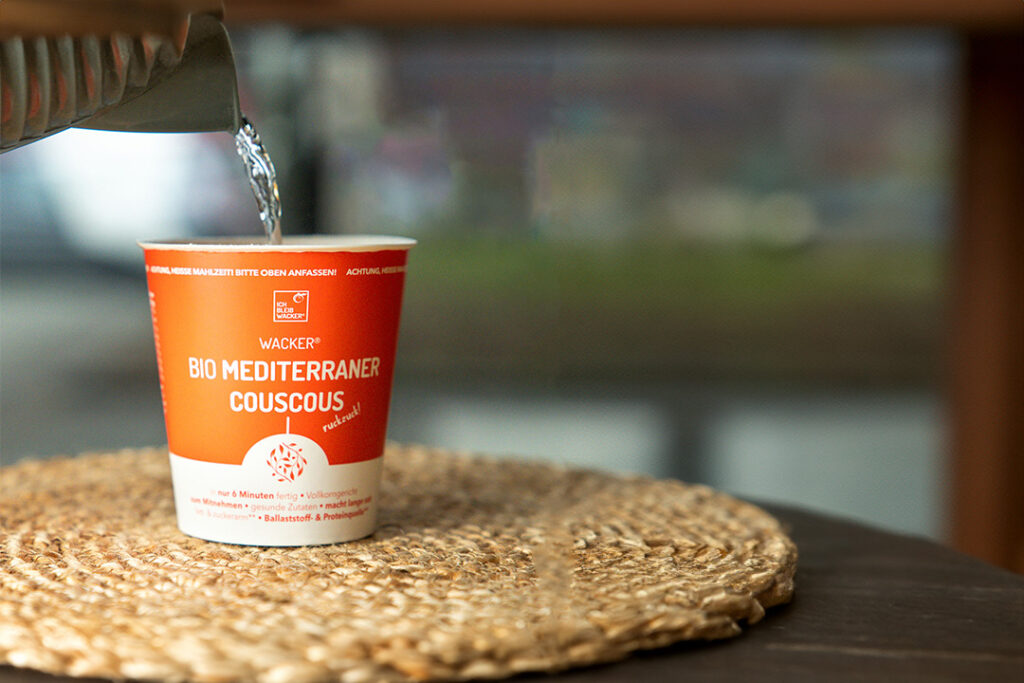Did you know that olive oil is the most adulterated food in Europe? It's crazy to think that we all have a bottle of olive oil at home and use it almost every day for cooking. But what exactly does "adulterated" mean? How can I recognise really pure and high-quality olive oil? And hand on heart, which olive oil should I use for frying? We have some tips for you on what you should definitely look out for when buying olive oil.
What makes good olive oil?
Just like wine, a high-quality olive oil tastes different every year. The soil, climate, cultivation and processing determine the quality and flavour of the oil. However, as large producers attach more importance to offering a consistent and recognisable product, it is not uncommon for the recipe to be tampered with. This means that different olive oils are mixed together through so-called blending in order to guarantee a consistent flavour, price and yield, regardless of the harvest, etc.
The price is a good indication of whether it is a high-quality olive oil, but is no guarantee of good quality. When buying a good olive oil, you should therefore pay attention to other important criteria:
1. quality classes
The EU has introduced protected quality classes to characterise the quality of olive oil. The highest grade is labelled "vergine extra" (Italian), "virgen extra" (Spanish) or "extra nativ" (German). The food trade generally only offers extra virgin olive oil of the highest quality class. Extra virgin olive oil or olive oil without any other designation is of inferior quality and is not available in the food trade. Manufacturers repeatedly advertise with terms such as cold pressing and extra virgin, which are taken for granted for olive oil.
Remember: "cold-pressed" or "first cold pressing" may sound nice, but it doesn't mean much. Olive oil is always cold-pressed, i.e. below 27 degrees Celsius.
Consider "extra virgin olive oil" as a minimum standard on which quality can be built, despite the highest quality class. Whether the oil tastes good and is rich in healthy ingredients depends on whether the oil has also been produced well. Unfortunately, this is often not the case with extra virgin olive oil, contrary to what the quality class suggests. Producers often do not adhere to the criteria for the quality classes. However, this is because they are rarely checked. The result: the customer receives a cheap olive oil that has little to do with the highest quality class.
2. origin
The origin of the olive oil can also influence the quality of the olive oil. Olive oils from certain countries such as Italy, Greece or Spain are often considered to be of particularly high quality. These regions have a long tradition of olive oil production and their climatic conditions favour the growth of the olives and therefore also the quality of the oil. Olive oil from Provence is considered to be of particularly high quality and flavour. The region offers optimal conditions for the cultivation of olive trees, such as the Mediterranean climate and fertile soils. This gives the oil a unique flavour, which changes slightly depending on the year of harvest.
3. bottle label
The label is your source of important information about the olive oil. In the best case scenario, you will find the region of origin and the corresponding DOP seal here. DOP is the Italian abbreviation for denominazione di origine protetta and guarantees that all production steps have taken place in one region. You will also find the olive variety on the label of an olive oil of above-average quality. Producers may use the reference single-variety only use one type of olive oil. If the label refers to a "blend of olive oils from the European Union and third countries", you can assume that the olive oil consists of a mixture of cheaply purchased oils and is adulterated. An example of a pure olive oil with the DOP seal from Provence is Olive oil from Wacker:
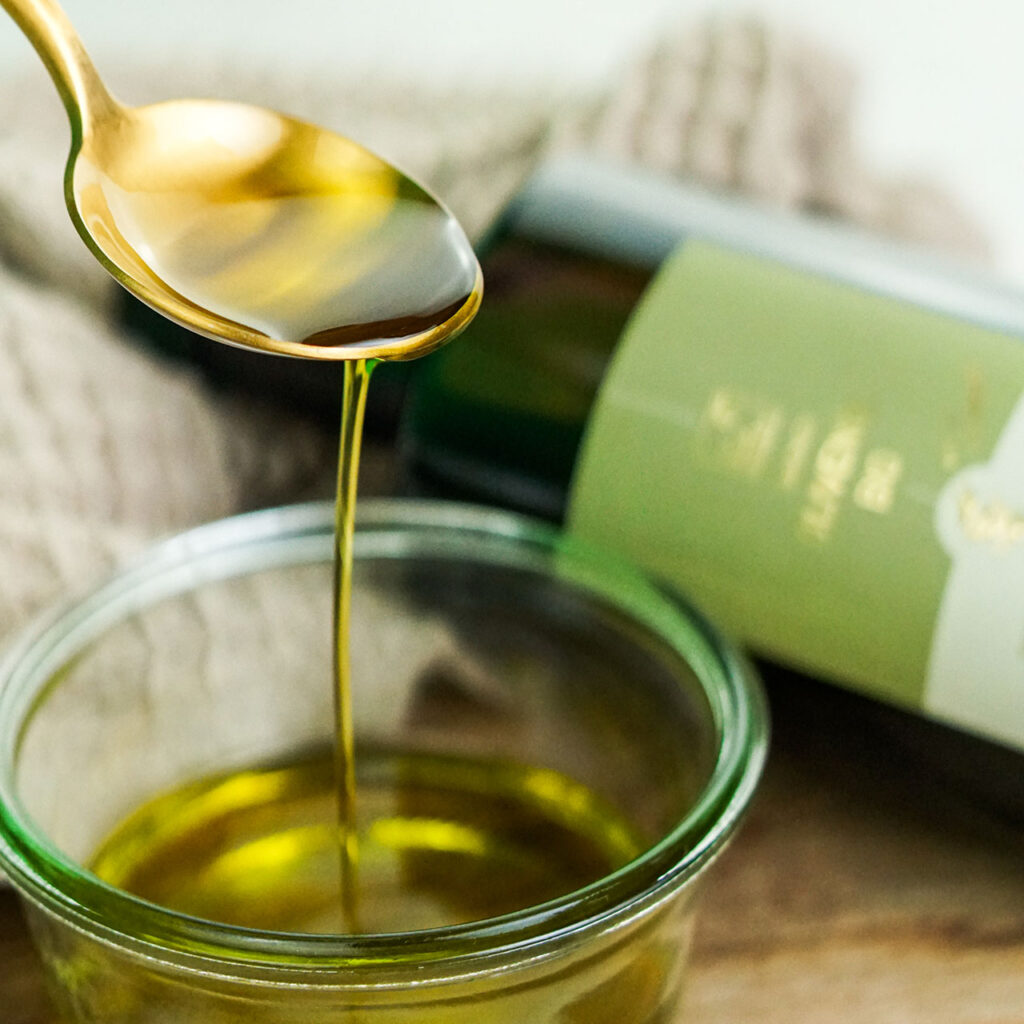
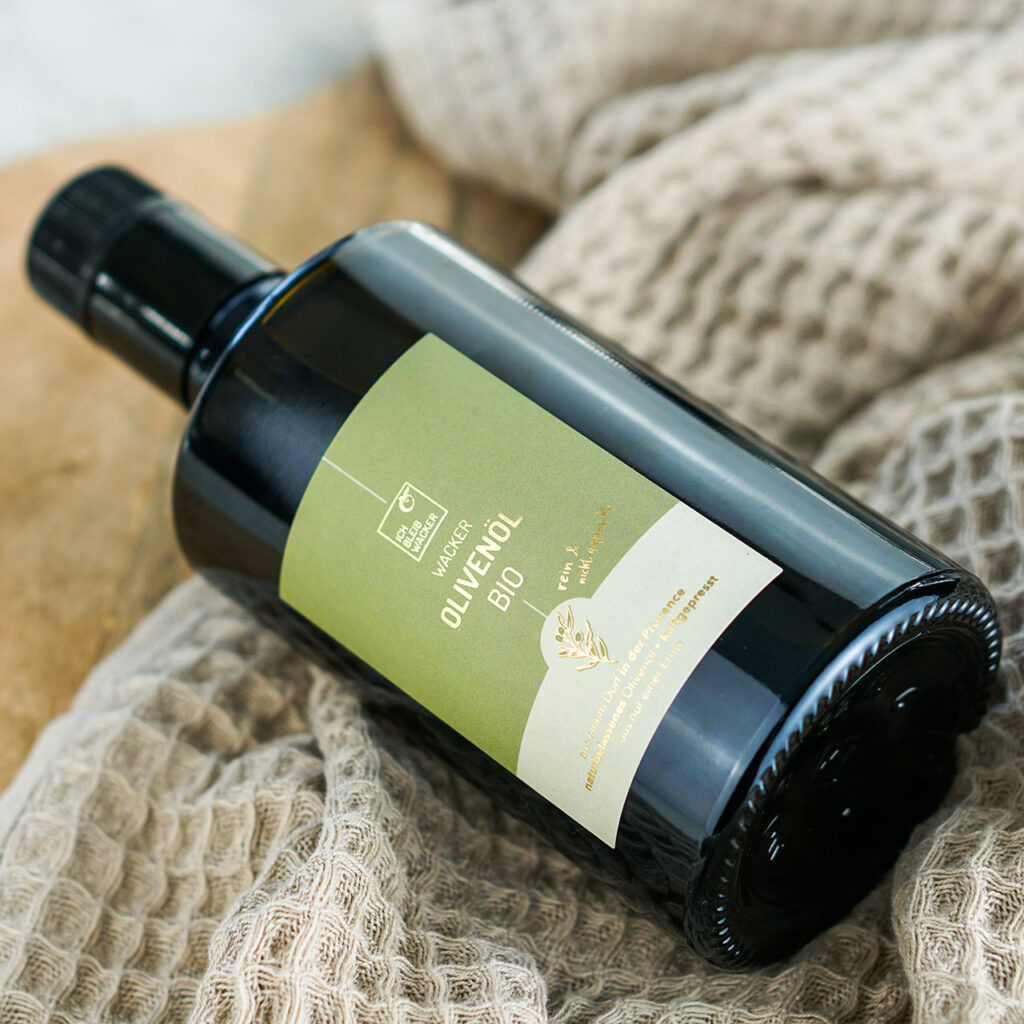
Order the high-quality organic Wacker olive oil harvested and produced in Provence - only while stocks last!
Remember: High-quality olive oils state the exact region of origin and have a DOP seal.
Make sure that the extraction method is listed. Cold-pressed or extra virgin olive oils are often preferred as they are extracted gently and therefore have a higher nutrient content. The year of harvest and the olive varieties used are also important details, as they can influence the flavour and quality of the oil. A low acidity value is also a very good sign. An extra virgin olive oil may have a maximum acidity of 0.8 %. In the best case, however, this is below 0.3%, the best below 0.2%. The acidity provides information about the freshness that results from rapid extraction after harvesting.
Remember: the lower the acidity, the higher the quality and fresher the olive oil. Higher acidity levels always occur when the olives are already very ripe, are not processed immediately after harvesting and are then processed at very high temperatures.
4th packaging
Extra virgin olive oil is sensitive to light and must be protected from light and oxygen during storage. The oil therefore requires UV-protected packaging. It should therefore be stored in an opaque and well-sealed container. Otherwise the penetrating light will destroy the flavour and ingredients in the olive oil. Brown glass bottles, opaque canisters or earthenware bottles are the best alternative to transparent glass.
Remember: amber glass offers good protection against UV rays, but is not 100 per cent opaque. Green glass provides less protection from sunlight than amber glass. The worst protection against light is provided by uncoloured glass bottles.
5. odour and taste
Another quality feature of good olive oil is the smell and flavour, which you can usually only test once you have bought the olive oil and have it at home. If the supposed "extra virgin olive oil" smells or tastes musty, metallic, rancid or mouldy, you should not use it. This is an inferior product and you should keep your hands off it. A high-quality olive oil gives off its odour as soon as you open the bottle.
Odour test: Pour a little olive oil into a wine glass and wait for about 10 minutes. If the olive oil still exudes a fruity, herbal aroma, it is generally a high-quality product. If the scent of the olive oil is virtually unrecognisable after 10 minutes, it is an inferior oil with little aroma and ingredients.
High-quality olive oils always taste bitter and pungent. This is because secondary plant substances, known as polyphenols, which are only fully preserved if the oil is produced carefully, give the olive oil its bitter flavour. The higher their content, the more bitter the flavour.
Remember: the more bitter an olive oil tastes, the higher its quality.
High-quality olive oil - versatile, but also has its price (and rightly so)
Good olive oil has its price and costs around €20 per litre, with virtually no upper limit. The price can be an indication of good quality, but a low price is always an indication of an inferior product.
A lot of manual labour and effort goes into producing a good olive oil. Matteo and Melly learnt this when they were looking for a high-quality olive oil last summer. Their journey took them to a small village in Provence, France. Here they came across a beautiful olive plantation belonging to an olive grower. The special thing about this plantation?
The olive oil is obtained from a single harvest! This quality feature is also reflected in the smell and flavour!
Thanks to polyphenols, our olive oil has a certain degree of pungency. This may taste a little unusual at first, but it characterises good olive oil, as described above. We are proud of this product and that we can share it with you in limited quantities:
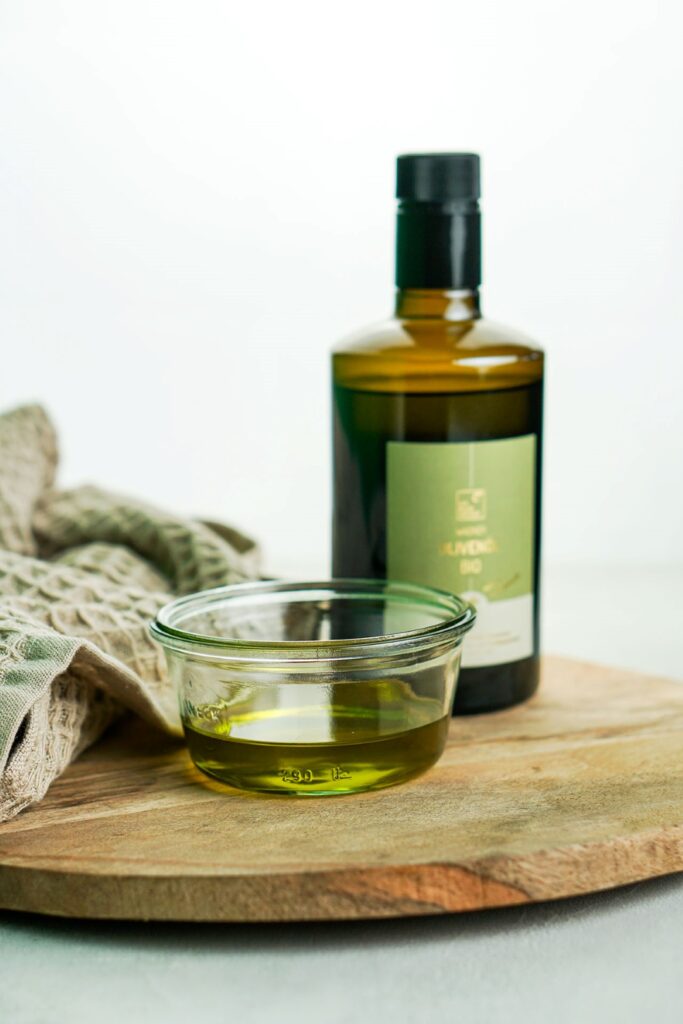
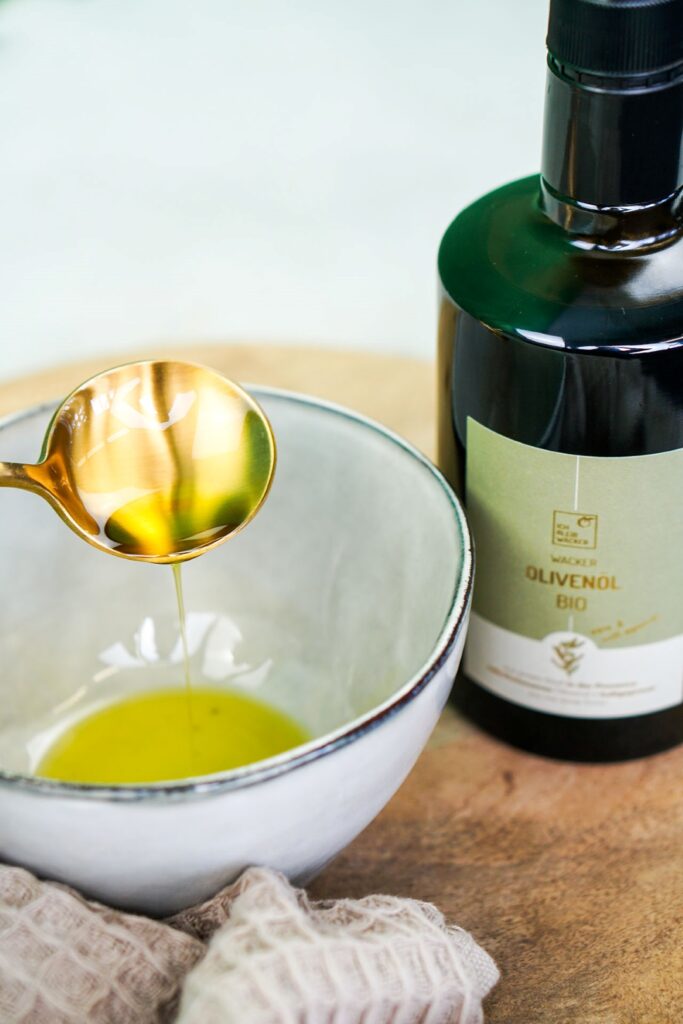
Order the high-quality organic Wacker olive oil harvested and produced in Provence - only while stocks last!
One last question: Which olive oil is suitable for frying?
If you want to use olive oil for frying, you can use inexpensive refined olive oil. It is heat-stable, has a low smoke point and can withstand temperatures of up to 230 degrees Celsius. Other suitable oils for frying are soya oil, peanut oil, sesame oil, palm oil, sunflower oil and coconut oil.
However, it is generally recommended to use a high-quality polyphenol-rich olive oil for frying. It contains many healthy antioxidants and also retains its value when frying, whereas classic frying oil has already been stripped of most of its vital substances through refining.
Remember: Generally speaking, cold-pressed cooking oils have a low smoke point of between 120 and 190 degrees. The smoke point of refined cooking oils is over 200 degrees.
Sources: mdr, Utopia, Consumer protection, Stiftung Warentest, Ökotest
